Ever wondered about the natural world in this desert environment we live in? Ecologist Dr Aspa shares with us her intimate knowledge of, and the surprising beauty found in, this unique ecosystem and how important it is to protect it.
Many people view the desert as a barren place, tell us about life here
It is true that the Qatari desert looks dusty, empty and quiet.
But actually, she hosts 2,000 species of organisms, not counting microbes, half on land and the rest in her coasts and seas. Their activity is imperceivable, because most animals lead a cryptic existence, camouflaged to blend in with the desert colors, or hiding in their burrows in daytime.
Much of my understanding of her inhabitants comes from spending endless hours roaming the desert, imprinting the surroundings and seasonal changes. Reading signs of activity, and tracking footprints, the ancient art of indigenous people, I have “seen” the fox chasing a desert hare, the dhub living peacefully next to a jird’s burrow, Arabian horned vipers side winding down sandy patches, and camels sand bathing.
The rains and cooler temperatures of the winter and spring, bring the growth of annuals, painting the desert green and signaling reproduction cues for animals. Chances of live sightings during this time increase, and explorers who sit still and quiet, are rewarded by the European Hoopoe, the blue-headed agama, the Egyptian hedgehog and many others.


How do these organisms cope with extreme heat?
Life in the desert is all about maintaining a balance of thermal energy and water. For example, to avoid over-heating the fox releases heat from her long ears, and stays mostly in her burrow during daytime to avoid the scorching rays of the sun.
Many animals exhibit this behavior of avoidance to the extremes. Water conservation is a physiological adaptation. Animals obtain most of their water from prey or plants, and are more efficient at retaining it in their bodies than we are. This is why the dhub’s poop and urine are solid and dry.
When it comes to plants, perennials have an amazing capacity at extracting scarce nutrients from the soil, and annuals are very fast in their response to rain, going from seed to vegetative state to seed dispersal, a full life cycle, in just a matter of a few months.
What is your personal favourite desert inhabitant?
All the desert inhabitants are my favorite because as an ecologist I have an innate sense of how important each one is to the healthy functioning of nature.
If I had to choose, I would deem cyanobacteria my top favourite, because they are what brought me to the desert, and although tiny, they revolutionised biological life as we know it by oxygenating the atmosphere about 3.5 billion years ago. As we speak, they are working on providing many ecosystem services to keep our world turning like keeping our soil fertile, and removing greenhouse gases from the atmosphere to fight climate change.
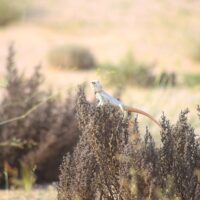
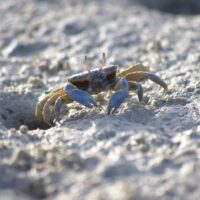
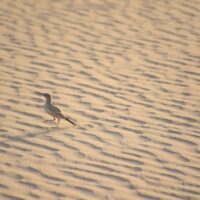
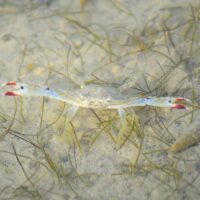

How critical is it to know and understand this environment?
It is critical to understand the local environment, wherever we reside. This is the way we come to have vested interest in the local nature, becoming more eager to protect and be her respectful stewards.
You can think of this “local knowledge” as a sister movement to “buy local produce” and “support local businesses”. I am very happy and proud to work with many organizations, including Qatar Natural History Group, on building up and sharing this knowledge base on local wildlife and ecology.
Finally, our desert environment is even more critical to understand, because it is very fragile and sensitive to disturbance. This is why we always give best practice guidelines for exploration which include: always drive on desert highways, never step on plants and never destroy burrows; keep your distance and marvel animals from afar because they distress in our presence.
Our moto is “pick up your trash, keep nature clean”.
Dr Aspa D. Chatziefthimiou is Talks Coordinator for the Qatar Natural History Group. This article first appeared in the March 2021 QNHG Newsletter. Follow QNHG @qnhg_official


